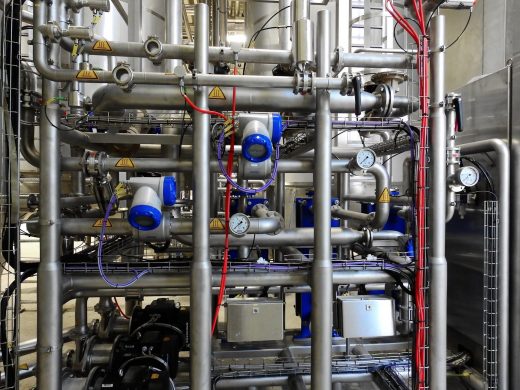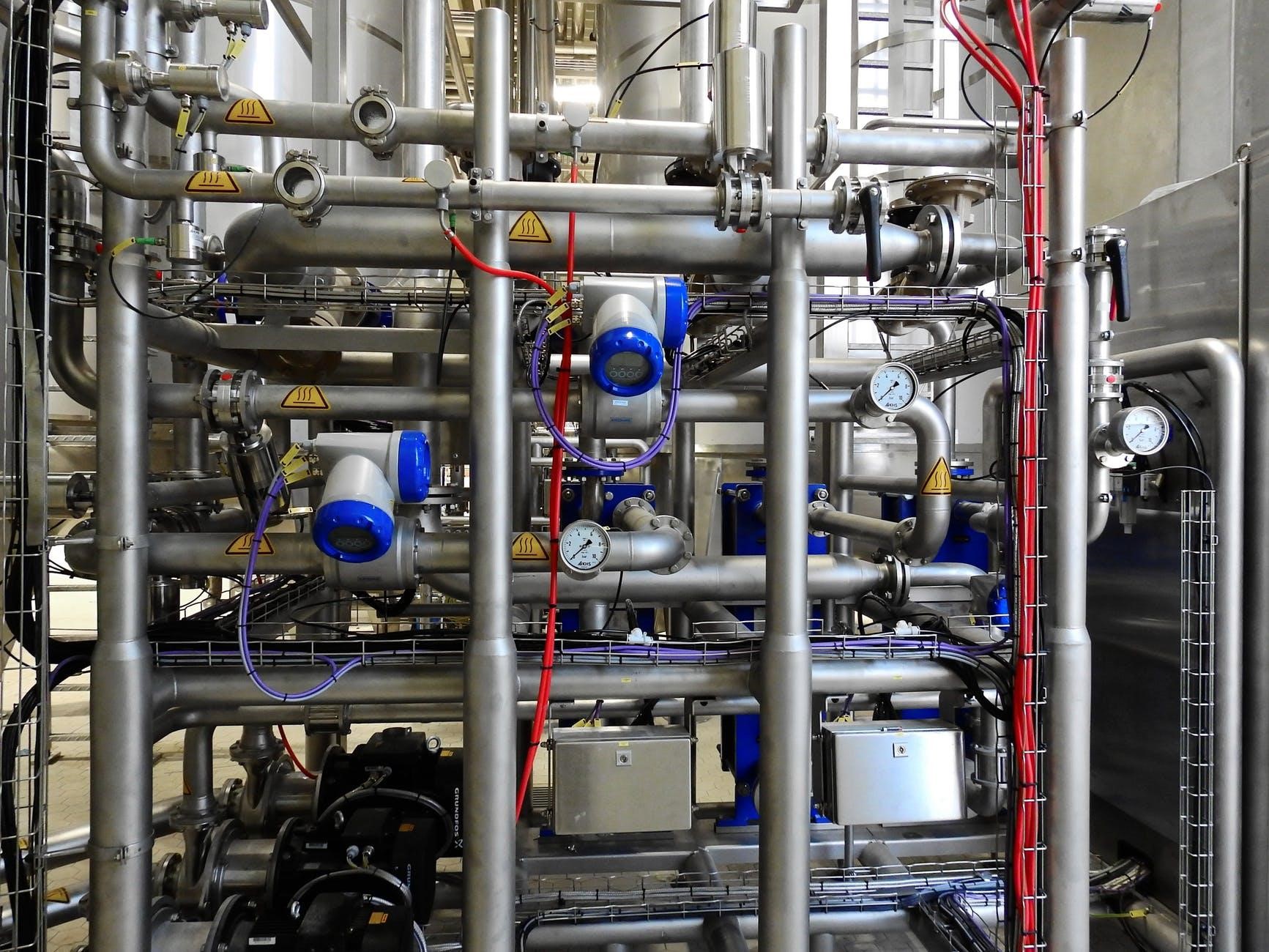Advantages And Disadvantages of Vortex Flow Meters
Advantages And Disadvantages of Vortex Flow Meters
Vortex flow meters are ideal options for many different applications. But particular limitations and restrictions associated with vortex flow meters could make it an unideal option in some applications.
This type of flow meter works the same way as flag waves in the wind. Vortex flow meters make use of some bluff body or vertical bar that produces vortices on alternating sides as the fluid moves past.
This meter converts or turns the meter count into fluid velocity. Also, it regulates a volumetric flow rate by getting the product of the cross-sectional area of the flow meter and the fluid velocity. In this post, we will walk you through the pros and cons of vortex flow meters. Read on!
Advantages
Vortex flow meters work in liquid, steam, and gas applications. It is not susceptible to or vulnerable to fluid conductivity. Also, vortex flow meters have a lower pressure drop compared to an orifice meter.
Lastly, this type of flow meter is much affordable than an orifice flow meter, particularly for line sizes at least six inches small. It doesn’t need any special freeze protection nor impulse lines higher than that of the existing pipe.
Disadvantages
This type of flow meter needs turbulent flow to function and will stop reading as the fluid transitions originating from the turbulent flow regime to the laminar or transitional flow regime. It is called the low flow cutoff point of the flow meter. And the flow rate measurement under this point isn’t possible.
Another disadvantage of this meter is that when any material gets clogged on the body, the vortex flow meter will either not read at all or read inaccurately. Moreover, some vortex meters make use of small vents to gauge the vortices.
These small ports can plug with solids or polymer, keeping the vortex flow meter from operating. The measuring sensors’ design is the primary difference between meters. Plus, the sensor design will enable some flow meters to function in particular applications where other meters will not.
For vortex flow meters, entrained solids or high vibration can be problematic. It might count or detect waves or solid particles as if they’re fluid flow. Furthermore, just like orifice flow meters, vortex meters need a downstream and upstream meter run to build an excellent flow profile.
It must run at least five diameters downstream and fifteen diameters upstream. However, most manufacturers like to see at least ten diameters downstream and twenty-five diameters upstream.
Another disadvantage of this meter is that it doesn’t measure mass flow. Although it can measure mass flow based on the presumed density, if the density of the fluid changes, the reading will be inaccurate.
Other Things to Consider
Vortex flow meters are an excellent option for calculating the flow rate of any clean fluid, particularly where low flow measurement isn’t required or needed. With regards to line sizes of at least six inches, this type of meter is typically much affordable compared to orifice plates. Plus, they don’t need impulse line heat racing.
For high-temperature applications, ensure to set out a remote installed transmitter head. Keep in mind that the electronics don’t like being rustled up, and a remotely mounted transmitter won’t last long.
If the flow meter is a water type, the look for centering rings, the pipe fitters are likely to leave these in the toolbox and lock the flow meter between two flanges. Remember that if the vortex flow meter isn’t centered, it’ll be inaccurate or inexact.
Although most vortex meters are poorly suited for gauging liquids that are likely to polymerize, some vortex meters administer a single sensor design that’s not simply plugged and has a steady flow of liquid within the sensors to aid keeping them clean.
With this type of flow meter, the chief limitation is the low flow cutoff. Thus, the flow meter is inappropriate for any application where calculating low-flows at high turndown is needed. This chief limitation is known by the fluid’s density. Therefore, it might differ with composition and fluid temperature. Fluids having high viscosity can’t be gauged with a vortex flow meter.
Takeaway
Flow measurement is critical and vital for multiple purposes and applications. However, measuring the flow isn’t that simple and straightforward as it looks. Flow measurement can be performed by different methods or means, including vortex flow meters. Vortex flow meters work by transporting the fluid, whether gas or liquid, through the bluff body so any nuances can be made within the fluid.
These nuances lead to the production of vortices, trailing behind both sides of the cylinder of the shedder bar. There are two types of vortex meters. These are insertion vortex flow meters and inline vortex flow meters. Moreover, just like anything, this type of flow meter has pros and cons, which are outlined in this article.
About the Author

Sylvia Hopkins is a content marketer. She mainly writes about flow measurement technology. In her free time, Sylvia goes to the gym to exercise.
(190)



